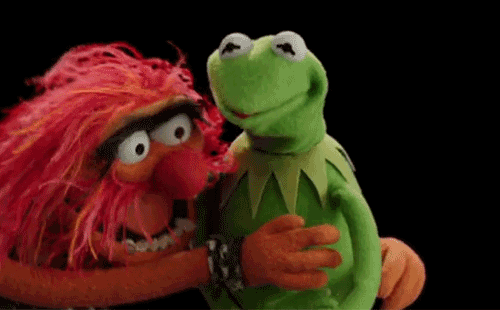Inclusivity across marketing is crucially needed. As the world of advertising increases, so does the need to make sure people are heard and represented properly.
Not just regarding the content you create but also for those behind the scenes doing the creating. But where do we start when trying to make a change? How can you improve your corporate social responsibility (CSR)?
Today, we’re giving you our top tactics that make sure your brand is doing all it can to include and engage everyone.
Put inclusivity inside the office
Before you even begin thinking about the content that needs creating, think about the creators behind the branding.
Did you know that in the US in 2021, 78.7% of those working in the advertisement industry were white? If the goal is to get your campaign feeling authentic, you’ll need more authenticity throughout the process.
It’s essential that you can hear a variety of voices within a company. If not, campaigns tackling societal topics can become misrepresentative or feel disingenuous.
If you aim to reflect the audience’s inclusive ideologies, you need a rich background of individuals contributing to the project. There are plenty of people waiting to have their moment in the spotlight!
- Try not to follow in the footsteps of Channel 4, whose recent privatisation efforts have led to fears of unheard voices continuing to go undiscovered. For further insights into that, check out this blog.
As Warren Moss, CEO of Demograpia, states, “In order to reach and resonate with those diverse audiences, you need a diverse output. And that’s impossible if you don’t diversify the creative and strategic team that comes up with the campaign in the first place.”

Get bettering at networking
Perhaps problems with inclusivity come from a lack of interaction with diverse and unconnected communities.
Take a look at LinkedIn or the networking sites you use to interact with other marketers or brands. Do your contacts share similar qualities? Expanding your network and engaging with unfamiliar cultures can broaden your knowledge and presents your brand as un-biasedly welcoming.
Additionally, it’s also valuable to chat with the haters. Perhaps you’ve made some mistakes along the way and are seeking to improve your process. Admit to your mistakes, and work on doing better.
Try talking to people who have issues with your brand. It could potentially lead to insights you were unaware of, or even better, committing to changes and re-nurturing those users.

Be Exclusively Inclusive
Lastly, let’s look at the content itself. Inclusive advertising is challenging because it’s hard (almost impossible) to include everyone. And this problem is more significant when you consider that a core element of advertisement is selling something “exclusive” to your brand.
Of course, there are practical ways to improve this, such as casting choices for your content or widening the scope of your influencer sponsorships. However, finding a message that resonates with everyone isn’t as hard as it may seem.
For example, take Burger King’s “Have it your way” or BT’s “It’s good to talk”. These values don’t cater exclusively to specific people; they’re generalised and include everyone. If your campaign doesn’t have to rely on contextual topics, why throw more flames onto the fire?
It sounds weird, but putting inclusivity on the sideline (but still maintained) can actually strengthen it.
Mike Alhadeff, a senior strategist for AMV BBDD, states, “These are ideas which have the ability to appeal to anybody, no matter their sex, creed or disability, but don’t necessarily feel the need to show a mirror up to society.”
Perhaps if you want to aim for an inclusive audience, your values should focus on ideas which resonate with humanity, not specific groups.

The Key Takeaways:
- Inclusivity comes from within. It’s not enough to preach diversity and togetherness – you have to include those voices within your content. An inclusive brand emphasises and validates your genuine passion for change.
- Spread those messages far and wide. It’s essential to step out of your comfort zone when networking; you can’t keep talking to the same people. Whether it’s for feedback or potential new leads, expanding your network invites more people into your world and you into theirs.
- Don’t shout for the sake of it. Tokenism is a very serious issue and can potentially cause more harm to your brand than good. Sometimes, the best values are the uncomplicated ones everyone can appreciate.
Ready to make a change?
We’re all trying to learn and expand our marketing. Inclusivity is a gigantic topic that will only improve if we start acting upon the issues.
From the workplace to the content we create, inclusivity shouldn’t feel like an extra addition to consider – it should be naturally occurring.
This topic is extremely expansive; we still have many areas to tackle when discussing inclusivity, such as web design, accessibility and user experience (UX) – which you can read all about here.
We’ll be joining in on the conversations about inclusivity again soon, so be sure to keep an eye open on our LinkedIn page for updates!
Until then, if you’d like further insights into how inclusivity could affect your branding or want help in bettering your brand values – contact our marketing team now.



